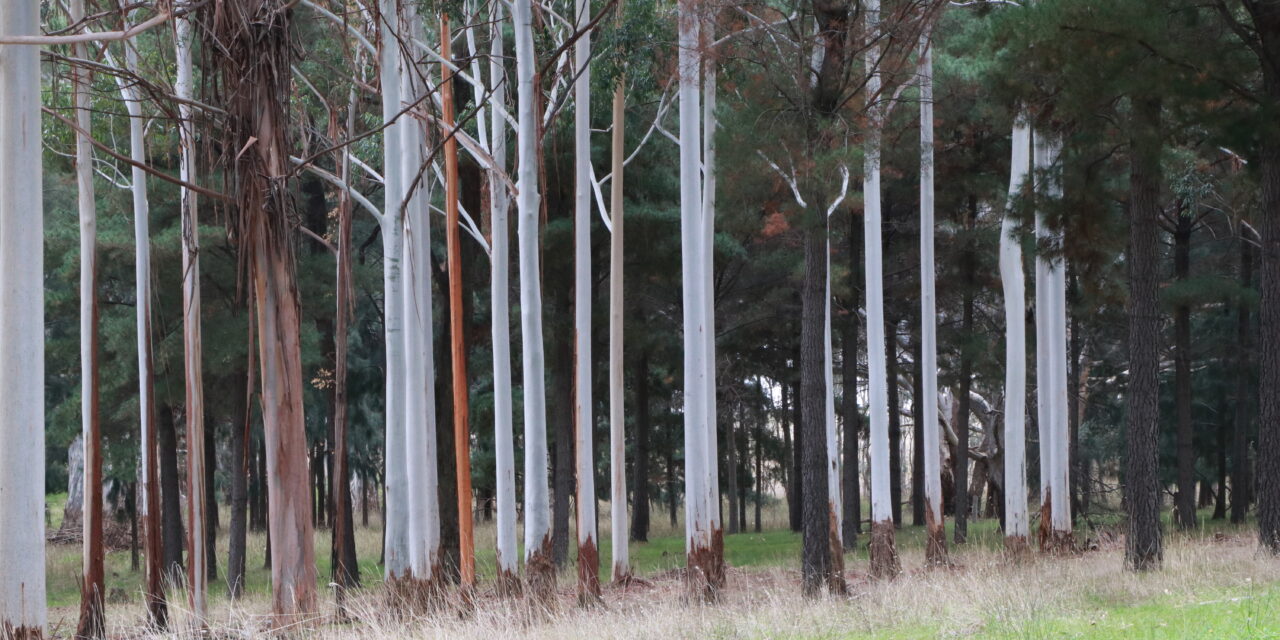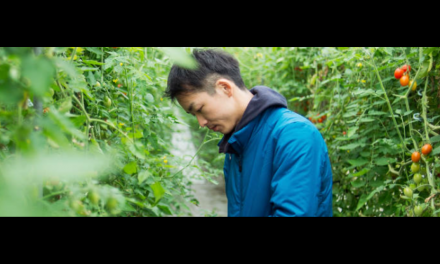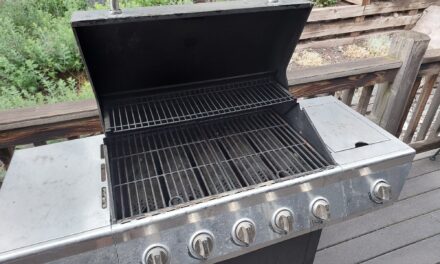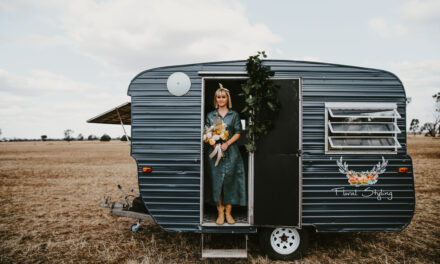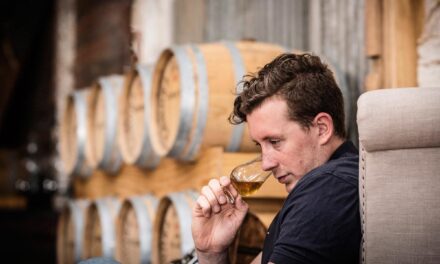When Russell and Janine Washusen bought their farm in 1977, it was plagued by waterlogging and soil erosion. Today it’s a poster child for Meat & Livestock Australia’s carbon neutral 2030 program.
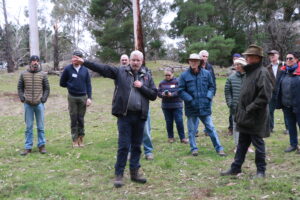
Russell Washusen has become the accidental carbon neutral farmer.
A former research scientist, Russell has transformed his Warrenbayne beef farm in north-east Victoria through farm forestry in a 40-year mission.
But becoming carbon neutral was not one of his original goals, as he told a field day of interested farmers in early May.
“You could say we arrived at carbon neutrality quite by accident and it is highly probable that a carbon neutral situation could be achieved far more easily.”
Russell’s original goal was to address the erosion and waterlogging on his farm, and to restore trees to the landscape.
He described the property as “tired” after 100 years of steady sheep and cattle grazing.
Today the farm has about one quarter of its area devoted to trees, but much of the plantings are not like the intensive pine plantations on the nearby Strathbogie hills.
There is plenty of light filtering through the big, tall gums, and pasture growing underneath.
Russell identified tree species that were likely to be in demand and worked out what trees the mills in the region were looking for.
He put his historic research skills to good use on the farm, applying science to tree selection, monitoring market demand for timber and recording the progress he has made.
And in the true spirit of robust science, confessing to the errors and failed experiments along the way.
On a tour of the property for the May field day, Russell pointed to a stand of fallen hardwood trees and remarked that this plot didn’t work out.
But the successful transformation of the property is impressive. Erosion has been addressed, soils stabilised and waterlogging reduced. One creek even has clear pools of water in the summer.
About 60 people attended the field day, comprising mostly livestock farmers, who heard presentations on the role of farm forestry and carbon sequestration before spending the afternoon on a tour of the Washusens’ 110-hectare pasture-based beef farm.
The visitors heard speakers on the Meat & Livestock Australia carbon neutral 2030 program; the opportunities and pitfalls of farm forestry, from Rodney Keenan from University of Melbourne; and the practical experience of Rowan Reid, from the Bambra Agroforestry Farm.
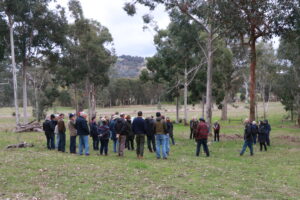
Asked about why the answer to reducing carbon seemed so often to lie with farm forestry, Margaret Jewell from Meat & Livestock Australia said forestry was one element of the approach to reduce carbon emissions.
“We are also looking at improving carbon storage in soils, reducing emissions from livestock and the use of feed additives and genetics,” Margaret said.
She said in north-east Victoria, farm forestry was one opportunity suitable in this landscape, whereas this option may not be available in other places.
Margaret said trees stored carbon, so planting them on-farm could offset emissions from animal production, but they also had other benefits as well, such as providing shade and shelter for livestock, which could lead to increased productivity because animals expend less energy.
Meat & Livestock Australia — in collaboration with industry, government and research partners — is investing in research, development and adoption projects to enable the livestock industry to move toward its carbon neutral target.
Examples of research activities include:
- Developing new legumes, pastures and shrubs to build feedbase and carbon stocks.
- Advancing soil carbon sequestration methods and measurement technology.
- Improving integration of trees and shrubs for improved carbon storage, animal health and biodiversity.
- Optimising vegetation regrowth management.
- Optimising carbon storage in dead woody biomass.
- Improved accounting of woody thickening in National Greenhouse Gas Inventory.
Investigation of carbon storage increases from dung beetle activity in grazing lands

